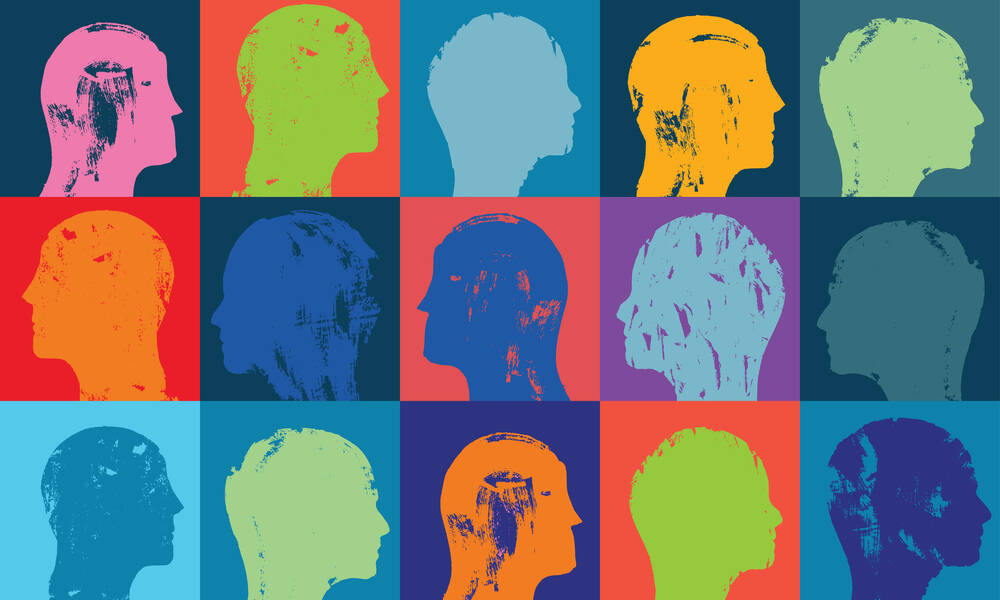
How to Nurture Diversity Efforts Over the Long Haul
As protests for racial justice swept across the nation over the summer, organizations put renewed energy into their diversity, equity, and inclusion initiatives. Here’s how to make sure this work continues once injustice against marginalized groups fades from the headlines.
If the urgency of diversity, equity, and inclusion (DEI) in the workplace can be measured by public commitments, the past several months have been a watershed moment. Organizations are developing plans for more inclusive workspaces, reevaluating their criteria for awards, and hiring DEI consultants at high rates.
But this isn’t the first surge of attention to DEI in organizations, and past efforts have often slowed after initial gains were made. The question now is how associations can keep their commitments once the news spotlight has dimmed.
“Organizations are part of the larger society, and therefore they reflect what’s going on in society—and sometimes it may be that organizations are helping to lead,” says Cie Armstead, director of diversity and inclusion at the American College of Healthcare Executives, who has worked in DEI for more than 20 years.
By following a few important principles, Armstead says, associations can stay true to the mission of creating—and sustaining—more equitable organizations.
Frame DEI as a solution, not a problem. Inclusivity can address concerns that may not appear at first blush to be directly related to diversity. When DEI efforts are explicitly connected to organizational success, they’re seen as a necessity, which can translate to longevity.
As an example, Armstead cites associations’ desire to bring in younger members. Given that Generation Z is the most racially diverse age group in the United States, diversity can be an attraction for younger members and potential employees. “Diversity, equity, and inclusion principles can solve for organizational objectives,” she says.
Prioritize urgency, not speed. A common mistake organizations make is jumping directly into a “quick fix” mindset without fully assessing the complex issues at hand. The result can be a hodgepodge of disconnected actions that do little to change organizational culture. Instead, the equity consultancy firm The Adaway Group suggests starting with awareness, following with analysis, and then taking action—building what they call liberatory consciousness.
Review your organization’s systems. Equity is about more than adding initiatives. It’s about understanding how processes and operations of an organization and its board hinder or support inclusivity. For example, committee appointments may have traditionally been made casually, with executives asking trusted advisors whether they know anyone who might be a good fit. “If that’s the legacy process, there’s a good chance that certain people are not considered because they don’t have a connection to someone making the decision—without ill will meant by anyone,” Armstead says. “That’s just the system that has ‘worked out’ for the organization for a thousand years.” Bringing in a third-party DEI consultant can illuminate blind spots that decision makers may be unable to see themselves.
Start at the top—and don’t stop there. “One of the reasons [DEI] appears to come in waves is based on whomever is in the decision-making roles,” Armstead says. “A key decision maker can say, ‘Wait, we’re going to build this into our systems,’ and that gives sustainability to the topic and decreases the chances that it will subside.” Research backs the idea that the tone at the top of an organization affects results.
That said, middle management plays a critical role in DEI follow-through. “An organization’s leaders can be fully committed, but if it hasn’t been embraced by the middle management and front-line management, then some tasks can easily be unintentionally thwarted, compromising the effectiveness and sustainability of the work,” she says.
Dedicate staff resources to DEI. Armstead recommends that associations have a dedicated person or people who are responsible for coordinating equity efforts, while acknowledging that at smaller associations, that role may be just one part of a person’s job. “This should be a person with some juice in the organization—a vision maker,” Armstead says. “Someone who is either in leadership or who has a very close, influential connection to someone in leadership.”
This person shouldn’t be solely responsible for the work, however. Spreading out DEI labor is a safeguard against letting these efforts lapse. It’s also a protection against exhaustion—a particular risk for DEI practitioners who are members of a marginalized group, as they may be dealing with the dual work of coordinating DEI initiatives while navigating the personal challenges they face in today’s cultural landscape.
Armstead cautions leaders not to treat staff or volunteers who are in that position as victims, however. “This is a balancing act,” she says. “Just have a level of awareness of the people who have a responsibility here if they are in an underrepresented group. They may have some extra challenges right now.”
(Sloop Communications/iStock/Getty Images Plus)





Comments